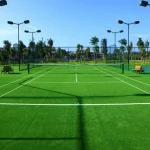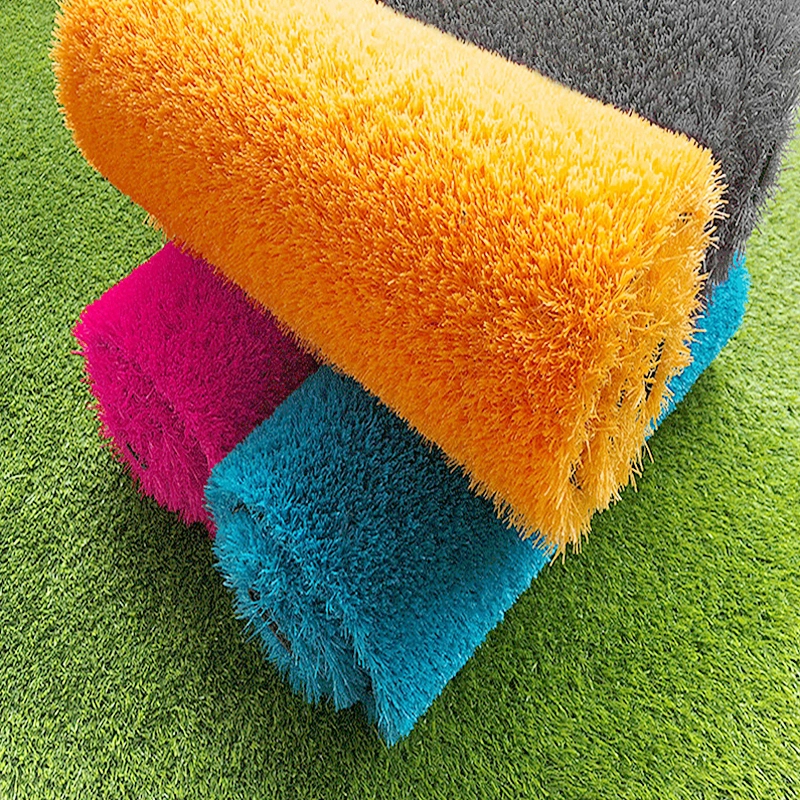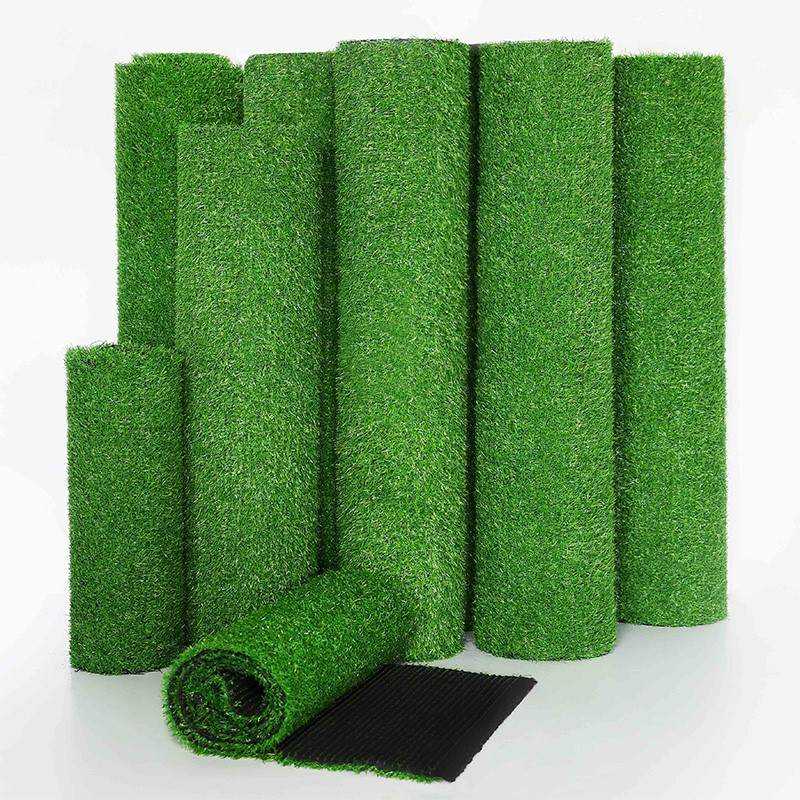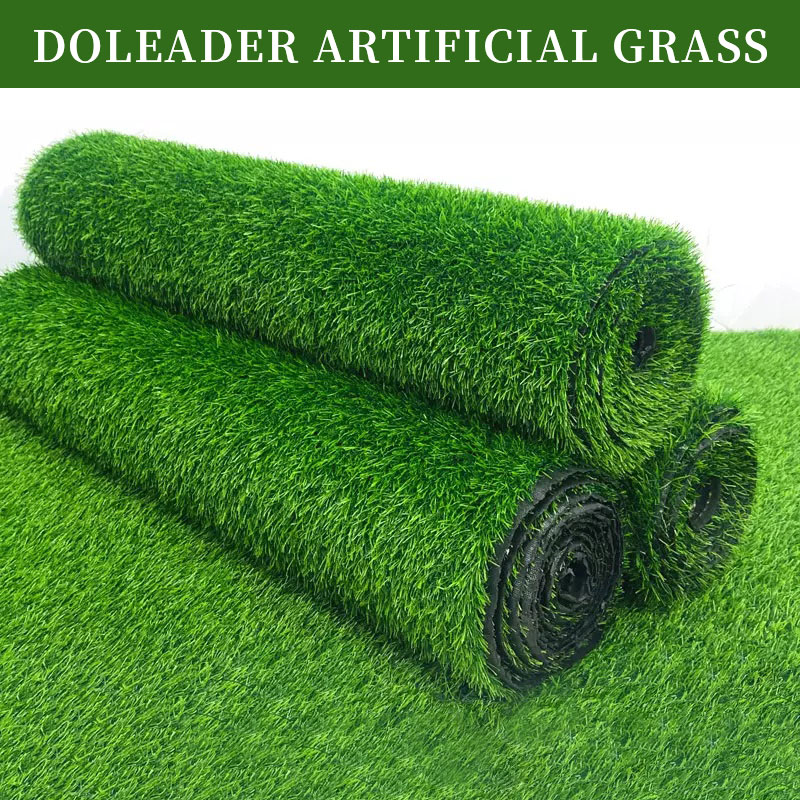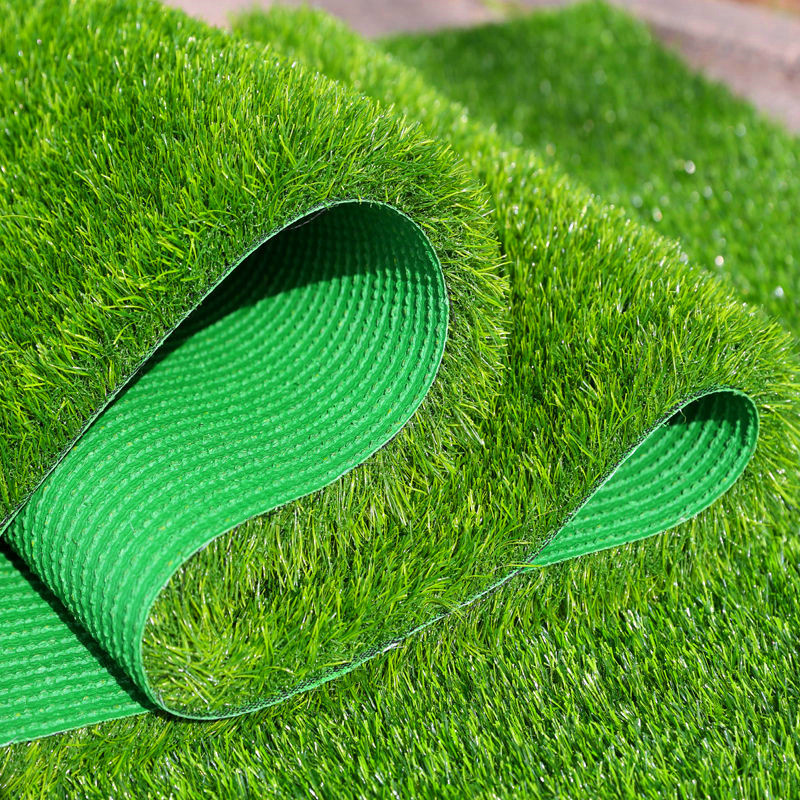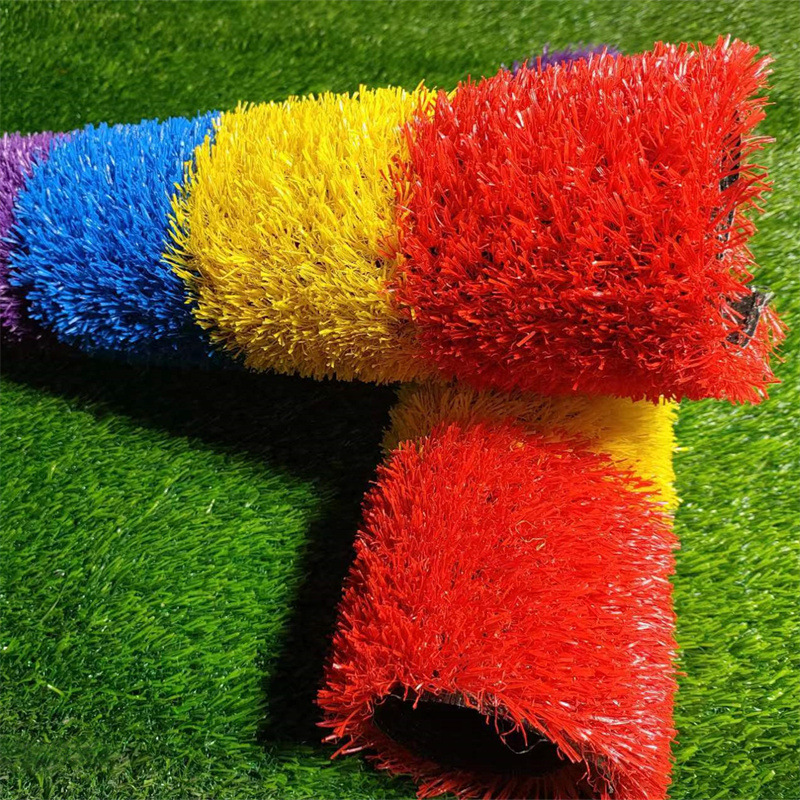
Artificial grass has gained immense popularity as a low-maintenance and aesthetically pleasing alternative to natural grass. However, just like any other surface, artificial grass may require occasional repairs to ensure its long-term durability and visual appeal. In this article, we explore the importance of artificial grass repair, common repair techniques, and the benefits it brings to homeowners and businesses alike.
1. Understanding the Need for Artificial Grass Repair:
Over time, artificial grass can develop issues such as tears, seam separations, fading, matting, or damage caused by heavy objects. Regular usage, extreme weather conditions, or accidental mishaps can contribute to these problems. Artificial grass repair aims to address these issues promptly, ensuring the longevity and optimal performance of the synthetic turf.
2. Identifying Repairable Artificial Grass Issues:
Artificial grass repair encompasses various issues that can be addressed effectively. Some common problems include:
– Tears or Rips: Repairing small tears or rips in the artificial grass helps prevent further damage and maintain a seamless appearance.
– Seam Separations: Repairing separations in the seams ensures a secure and cohesive surface.
– Fading or Discoloration: Artificial grass repair involves restoring the color vibrancy through techniques like re-fibering or applying color-restoration treatments.
– Matting or Flattening: Techniques such as power brushing or using specialized tools can help revive the turf’s resilience and upright appearance.
– Drainage Problems: Repairing drainage issues, such as clogged or inefficient drainage systems, ensures optimal water flow and prevents water pooling on the surface.
3. Professional Artificial Grass Repair Services:
Engaging professional artificial grass repair services is crucial for effective and lasting repairs. These experts possess the knowledge, skills, and tools necessary to diagnose the issues accurately and implement the appropriate repair techniques. They can handle repairs of all sizes, from small patches to large sections, ensuring a seamless and visually appealing outcome.
4. DIY Artificial Grass Repair:
For minor repairs, homeowners can attempt DIY solutions. Patching small tears or replacing damaged infill can be done with the help of artificial grass repair kits available in the market. However, it is essential to follow proper guidelines and seek expert advice if unsure about the repair process. Larger or complex repairs are best left to professionals to avoid further damage or improper repairs.
5. Benefits of Artificial Grass Repair:
Artificial grass repair offers several benefits to homeowners and businesses:
– Cost Savings: Repairing damaged areas of the artificial grass is a cost-effective solution compared to complete replacement.
– Aesthetics: Proper repairs restore the flawless appearance of the turf, enhancing the overall visual appeal of the landscape.
– Safety: Addressing tears or separations eliminates trip hazards and ensures a safe playing or walking surface.
– Longevity: Timely repairs prevent small issues from escalating, prolonging the lifespan of the artificial grass.
– Peace of Mind: Artificial grass repair provides homeowners and businesses with the reassurance of a well-maintained and functional outdoor space.
Conclusion:
Artificial grass repair is a crucial aspect of maintaining the beauty, functionality, and longevity of synthetic turf. Whether it’s addressing tears, seam separations, fading, matting, or drainage issues, timely repairs are essential. Engaging professional repair services or attempting minor repairs with DIY kits can help restore the flawless appearance and ensure a safe and enjoyable experience on the artificial grass surface. By prioritizing artificial grass repair, homeowners and businesses can maximize the value of their investment and continue to enjoy the benefits of a vibrant and low-maintenance outdoor space.



